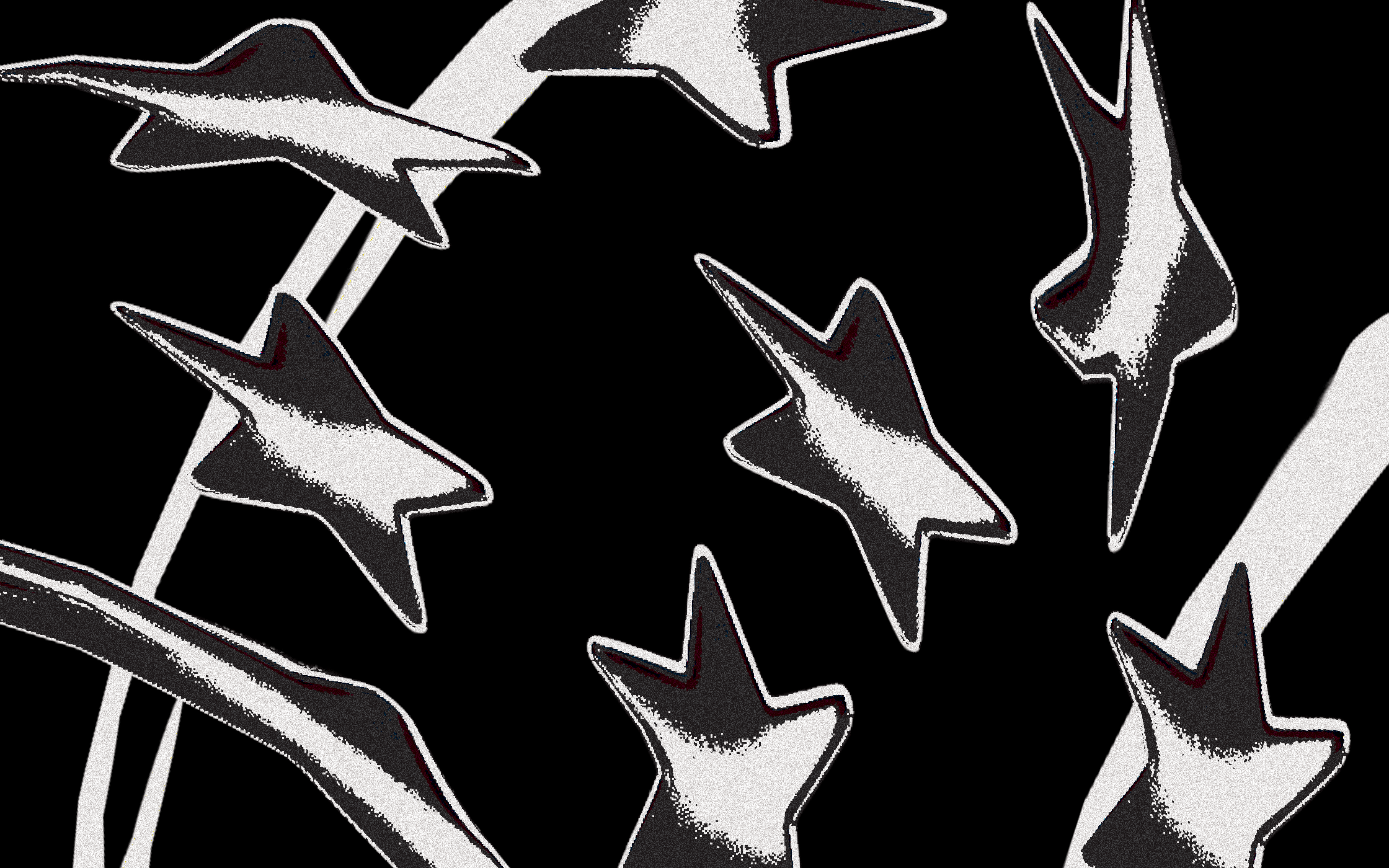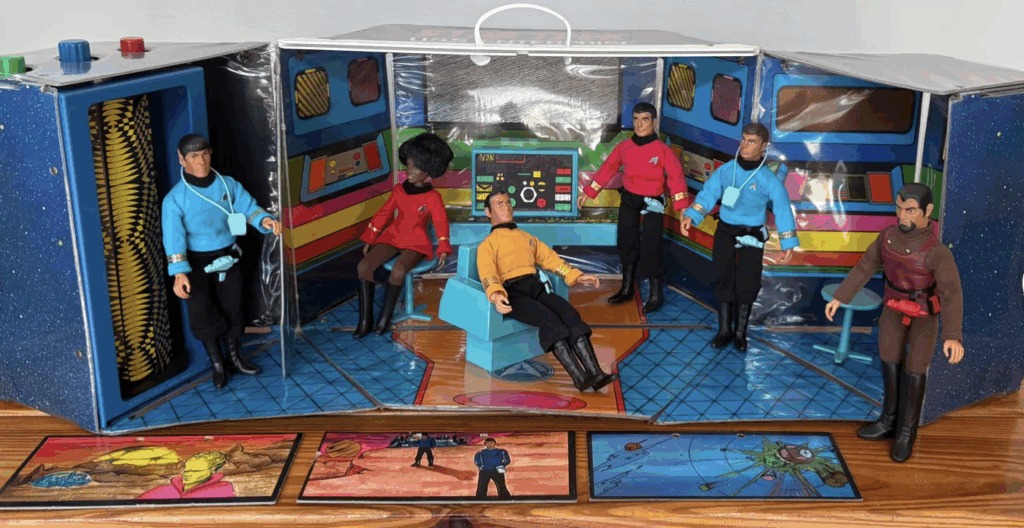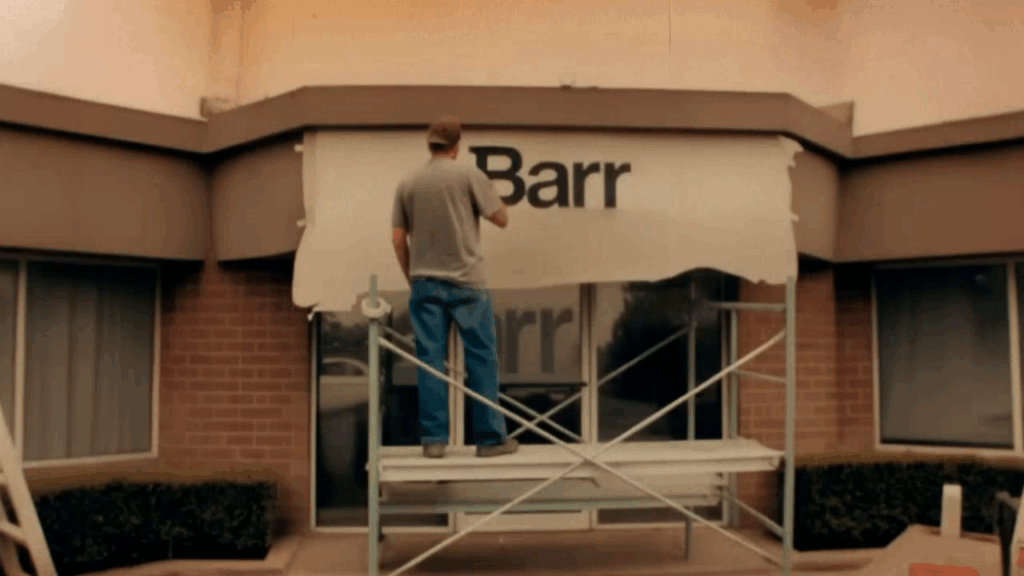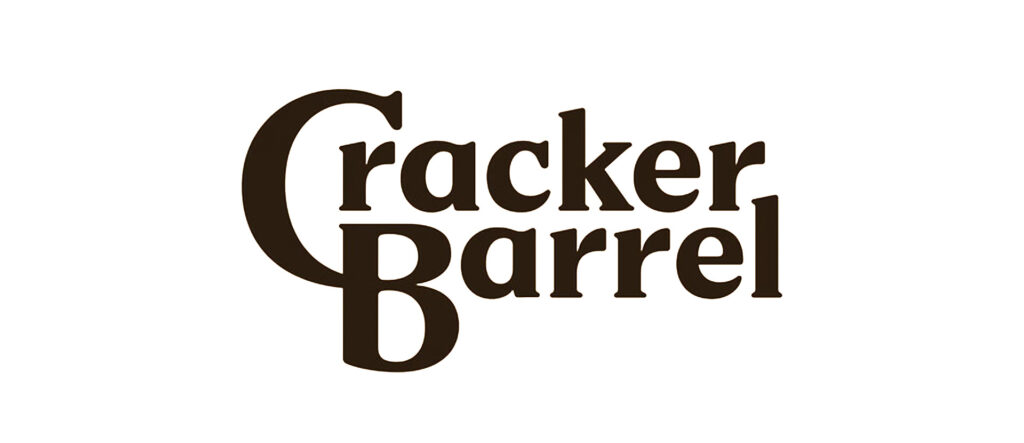
Consumerism & Social
Media
Using Influencers as a Strategy
By: James McAndrew, Sr. Director of Media & Analytics
Scroll, scroll, scroll.
Ad.
Scroll, scroll, scroll.
Paid partnership.
Scroll, scroll, scroll.
Product placement.
Scroll, scroll, scroll.
Product reviews.
At every touchpoint in our day, we are inundated with varied tactics to get us to buy more items from different brands in our feeds. The average person spends two and a half hours of their daily internet time scouring social media platforms. From Facebook, to Instagram, X, and the banned-then-not-banned TikTok, brands are capitalizing on our screen time going up. Over the years, our use of social media has gone from cringey peace signs and extreme side bangs to overly curated aesthetics to show how much cooler we are (and how much more fun we are having). The other change in social media usage is how brands have infiltrated our doom-scrolling and have helped perpetuate a consumer-centric economy. Thanks to the use of macro—and now micro—influencers, brands have access to consumers at large. The number of touchpoints a single advertiser or brand has can expand as they tap into this behavioral shift.
In Q4 2024, personal consumption spending made up 68% of the United States GDP. What does that mean? People are spending… a lot. The trends of doing a “shopping haul” or an “unboxing” or even the collectable craze happening with the likes of Sunny Angels, Labubus, or limited-edition plushies all add to the “I need it” mentality to keep up with the latest and greatest trends. Brands have strategically aligned themselves with influencers and social media platforms to ensure they are at the forefront of the purchasing decision. Whether it’s commenting on videos, doing paid partnerships, or just having ads on the platforms, these multiple touchpoints flood our feeds with the notion that we need more. Cue the “I see it, I like it, I want it, I got it” lyrics that play as we yet again treat ourselves to something we don’t need to give us a little piece of bliss in our day.
The shift in brand strategy to leverage influencers and social media in a more native, non-intrusive way has led to an overcrowded space that feels overwhelming. This leaves brands and agencies alike asking, “How do we stand out in this oversaturated environment?” The beauty of this question is that multiple answers can achieve the same end results. You could aimlessly spend thousands of dollars on a single video from any one influencer based on their overall following on a specific platform, with no research, which would be a more shotgun approach. Alternatively, you can strategically align your marketing strategies to hit on key sentiments that align with your demographic’s mindset, interests, and behavior. Understanding the psychology of the “why” behind the actions being placed leads to better media strategies that work and generate more ROI. Instead of jumping into each new platform and trend, having a clear understanding of your brand positioning and the value your brand brings to the table, and why consumers would choose you over others is key to standing out in the market. You don’t need to do it all but what you do choose to do, do it well—and through the strategic lens of “Why are we doing this?” versus “I have to be doing this.” As they say, social media should be a tool to achieve your end results, not the solution to your problems.






